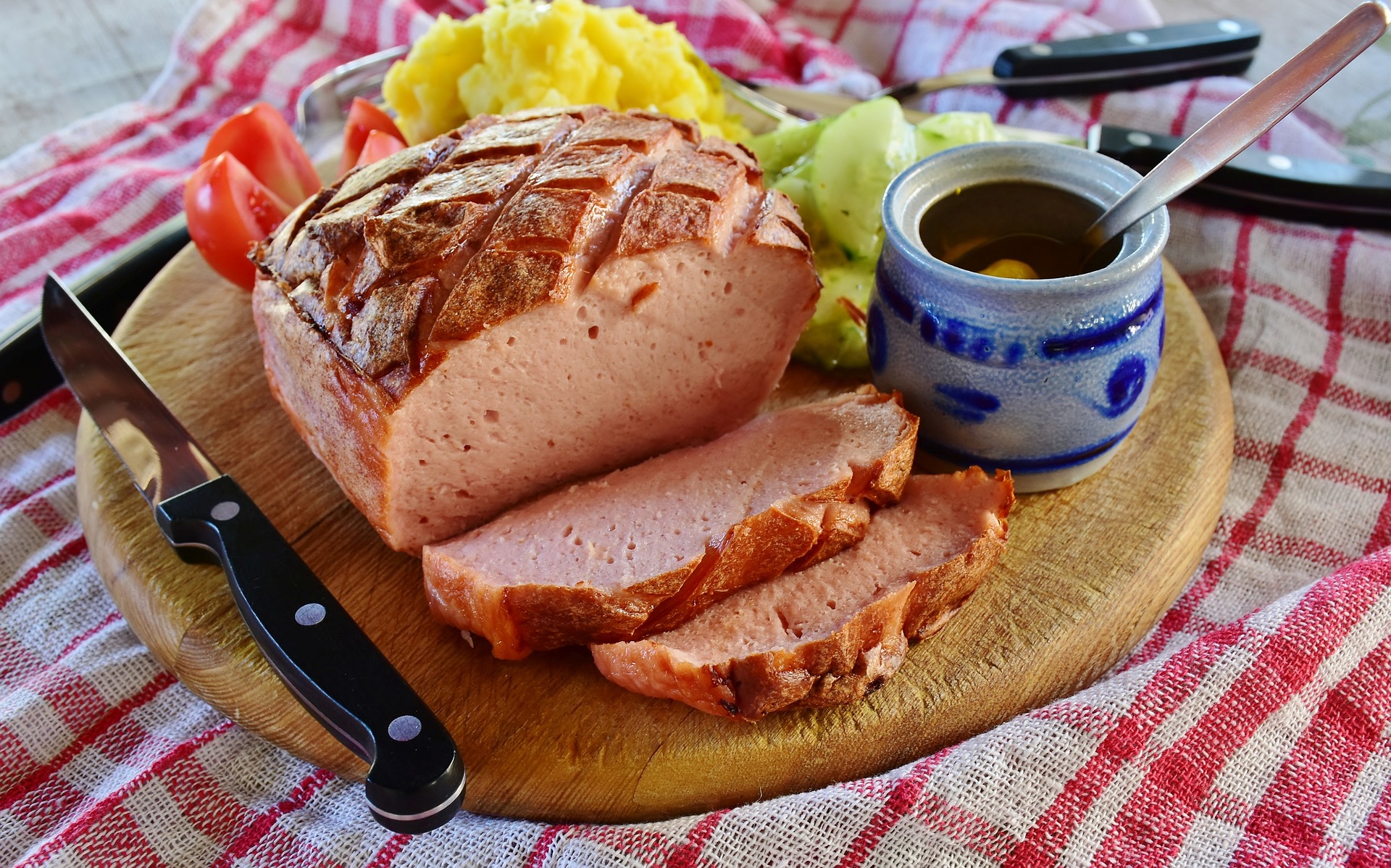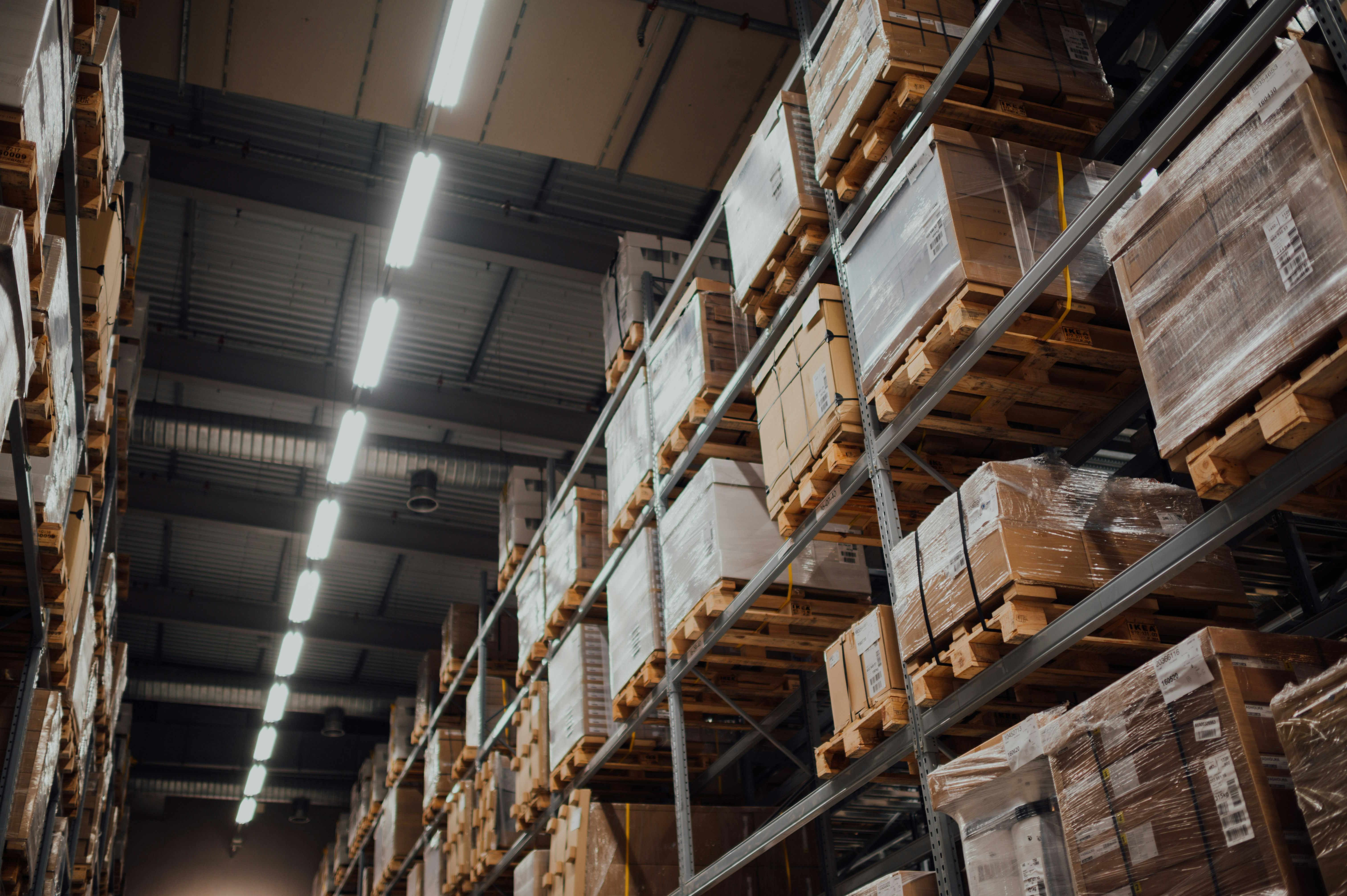The New Wave of Zero-Waste Cooking: A Guide to Sustainable Gastronomy
Food and sustainability have become inseparable topics in recent years. With climate change and environmental degradation at the forefront of global conversations, more and more people are looking for ways to make their lifestyles more sustainable, and the kitchen is a great place to start. In this article, we'll delve into the emerging trend of zero-waste cooking, its benefits, and how you can incorporate it into your culinary routine.

Redefining Cooking with a Zero-Waste Philosophy
Zero-waste cooking is exactly what it sounds like – cooking without generating any waste. This philosophy encourages using every part of an ingredient, reducing food waste, and finding creative uses for leftovers. It’s not just about composting or recycling, but about rethinking our relationship with food and creating a circular system in our kitchens.
The Environmental Impact of Zero-Waste Cooking
By reducing food waste, zero-waste cooking can have a significant impact on our environment. Food waste contributes to around 8% of global greenhouse gas emissions. When we throw away food, we’re not just wasting the food itself, but all the resources that went into producing it, like water, land, and energy. By adopting zero-waste cooking, we can help reduce these emissions and contribute to a healthier planet.
The Art of Using Every Bit
The key to zero-waste cooking is creativity. It’s about looking at what we would normally throw away and finding a way to turn it into something delicious. Those potato peels? Turn them into crispy potato skins. That chicken carcass? It can be boiled down into a flavorful broth. Even coffee grounds can be used to enrich garden soil or as a natural deodorizer.
Shopping Smart for Zero-Waste Cooking
Adopting a zero-waste cooking approach also means changing how we shop for groceries. Prioritize buying whole, unprocessed foods, as these usually have minimal packaging. Bring your own reusable bags, containers, and jars to the store. And consider shopping at farmers’ markets or bulk food stores where you can buy exactly the amount you need.
Delicious Discoveries in Zero-Waste Cooking
What’s exciting about zero-waste cooking is the potential for new flavors and experiences. Who knew that watermelon rind could be pickled and transformed into a tangy, crunchy treat? Or that stale bread could be turned into croutons, breadcrumbs, or even a comforting bread pudding? Zero-waste cooking encourages us to step out of our comfort zones and discover new culinary delights.
-
Noteworthy Zero-Waste Food Facts:
-
Globally, approximately one-third of all food produced is wasted.
-
In the U.S., households waste an estimated 76 billion pounds of food per year.
-
Zero-waste cooking can save households money by making full use of purchased ingredients.
In conclusion, zero-waste cooking is more than just a trend – it’s a movement towards a more sustainable and thoughtful way of living. It challenges us to rethink our habits and attitudes towards food, encouraging creativity, resourcefulness, and a deeper appreciation for our ingredients. So why not give it a try? Your tastebuds, your wallet, and the planet will thank you.




